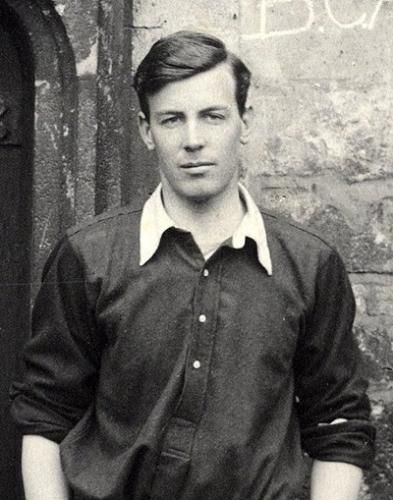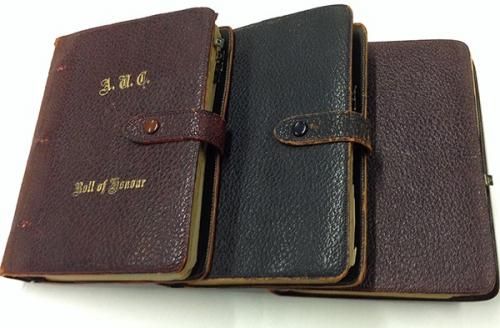Almost a generation of the best wiped out in WWI
24 April 2015 | news

The First World War touched nearly every New Zealand family, community and workplace as well as our universities.
From a population of just over 1 million, 100,000 young men served overseas, 18,000 of whom died and 41,000 were wounded. That impact was also felt among the four university colleges in Auckland, Wellington, Christchurch and Dunedin with the loss of 484 students.
“Almost a generation of the best young men were wiped out and throughout my life I have been aware of this deprivation. In all walks of life many of those who would have been the leaders were missing”, wrote Douglas Robb who was a student in 1917 and later became Chancellor of the University of Auckland.
Alan Wallace, a talented young Rhodes Scholar from Auckland, was among those who lost their lives at Gallipoli.
Alan studied at Auckland University College where he excelled in chemistry, mathematics, astronomy and mechanics. He was also a talented sportsman, recorded as saving the Auckland 1st XI ‘from disaster on multiple occasions” and represented Auckland. He was also described as ‘a useful footballer, a strong swimmer, handy in a boat and a good shot”.
Aged just 20, he was the fourth and youngest Rhodes Scholar to be selected from New Zealand to study at the prestigious Oxford University where he studied mathematics.
When war broke out Alan enlisted in London. He wrote that his ‘one desire’ was to ‘help against the enemy’, and he offered himself ‘for unconditional work’. Wallace became an engineer in the newly-formed 1st Field Company of the New Zealand Engineers, and was shortly promoted to Sergeant.
According to Auckland University records, Wallace’s company landed at Gallipoli on the afternoon of 25 April 1915, where they were immediately put to work digging trenches. Two days later, half the company including Wallace were sent to Quinn’s Post, where they alternated between front line duty and providing lines of communication and trenches. There Wallace was recommended for the Distinguished Conduct Medal for his part in recovering the wounded under heavy fire after the failed attack on May 2–3 that gave Dead Man’s Ridge its name.
On 9 May Wallace was discussing plans with Major Hugh Quinn, after whom Quinn’s Post was named, when he was shot in the head by a Turkish sniper. He was evacuated to the HMT Lutzow, but failed to regain consciousness and died of wounds the following day, before he could be awarded the D.C.M. He was buried at sea in the Dardanelles. His brother Bertram who also attended Auckland University College, died at the Somme in France the following year.
Roll of Honour
Alan’s war record, along with other staff and students who served, has been recorded in a beautiful leather bound, handwritten Roll of Honour at the University of Auckland. The three volumes have been digitised by the Special Collections team to acknowledge the service of 715 men and 5 women from the University. The Roll can be searched online at http://www.specialcollections.auckland.ac.nz/ww1-centenary/roll-of-honour

